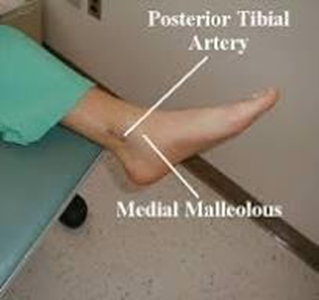During the physical assessment, the nurse asks an elderly female patient if she experiences constipation. The nurse knows that
It is common for intestinal peristalsis to slow down as a person ages, causing problems with constipation.
Aging patients always have difficulty having a bowel movement while hospitalized
Elderly patients almost always abuse laxatives, which creates problems with constipation.
In elderly patients, the rectal sphincter has lost elasticity, which decreases the sensation of urgency.
The Correct Answer is A
A: Due to age-related reductions in gastrointestinal muscle efficiency, which slows the digestive process and can lead to increased water absorption from stool.
B: Overstates the issue, not all elderly patients experience difficulties, and it does not account for individual variability or other influencing factors like diet and medication.
C: Misrepresents the frequency and reasons for laxative use among the elderly, not all of whom misuse these medications.
D: While changes in rectal sphincter elasticity can affect some elderly individuals, it is less commonly a direct cause of constipation compared to decreased peristalsis.
Nursing Test Bank
Naxlex Comprehensive Predictor Exams
Related Questions
Correct Answer is A
Explanation
A: To accurately determine a pulse deficit, one nurse must listen to the apical pulse while another nurse palpates the radial pulse simultaneously to compare both pulse rates, necessitating a second person.
B: Counting the apical pulse is a part of the process but would follow after ensuring another nurse is available to check the radial pulse at the same time.
C: This action relates to checking a pulse rate generally but does not specify the need for simultaneous comparison with the apical pulse.
D: Calculation of the difference is the final step after both pulses have been counted simultaneously.
Correct Answer is C
Explanation
A: This is not suitable for assessing circulation issues specifically in the lower extremities as it is located on the upper body.
B: This is not suitable for assessing circulation issues specifically in the lower extremities as it is located on the upper body.
C: Palpating the posterior tibialis pulse is a logical next step for checking lower extremity circulation, particularly when dorsalis pedis is not palpable, helping localize the evaluation of blood flow in the foot and ankle.
D: The femoral pulse is useful for broader leg circulation issues. However, it is less targeted than posterior tibialis for checking blood flow in the lower extremities.

Whether you are a student looking to ace your exams or a practicing nurse seeking to enhance your expertise , our nursing education contents will empower you with the confidence and competence to make a difference in the lives of patients and become a respected leader in the healthcare field.
Visit Naxlex, invest in your future and unlock endless possibilities with our unparalleled nursing education contents today
Report Wrong Answer on the Current Question
Do you disagree with the answer? If yes, what is your expected answer? Explain.
Kindly be descriptive with the issue you are facing.
